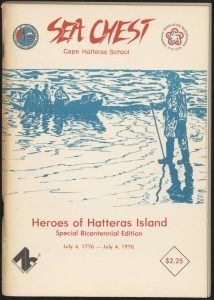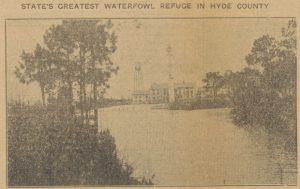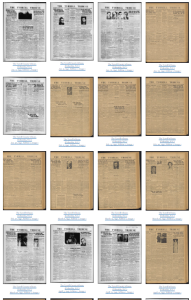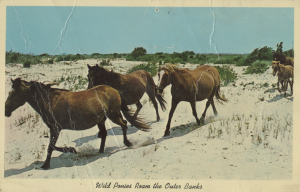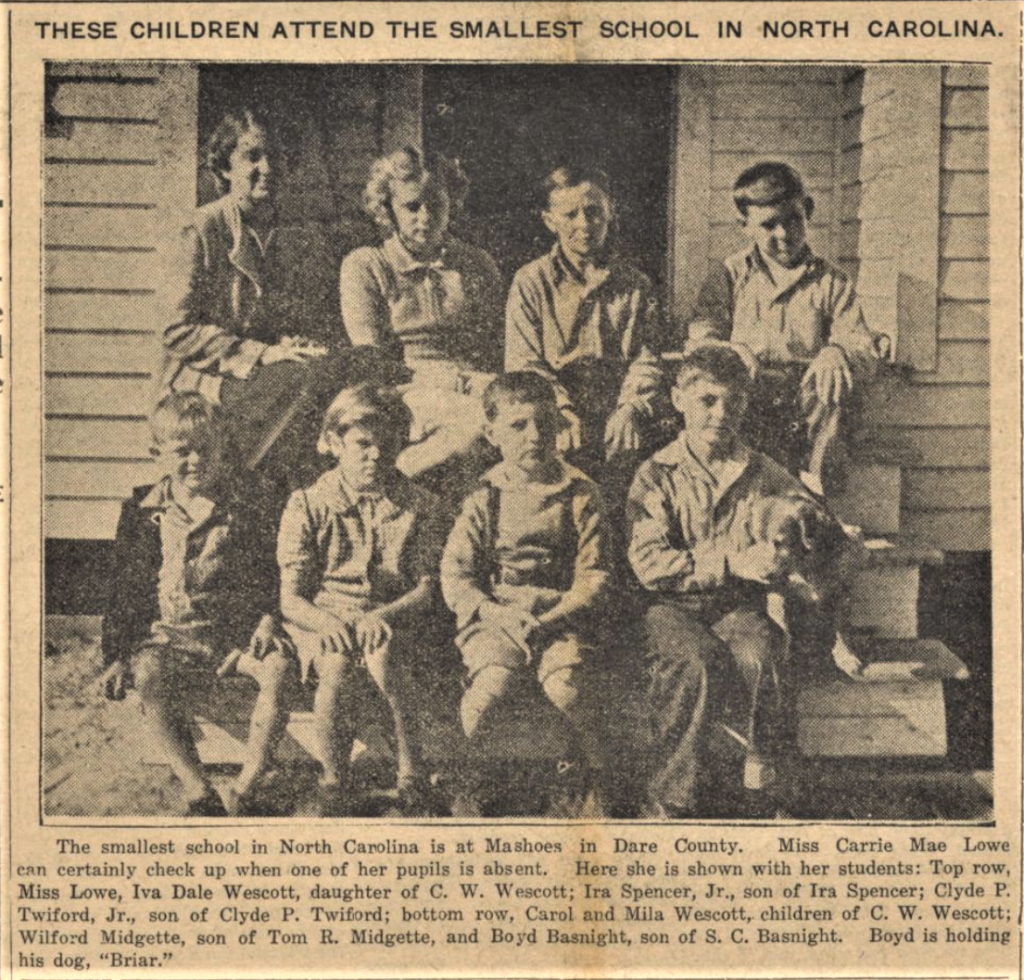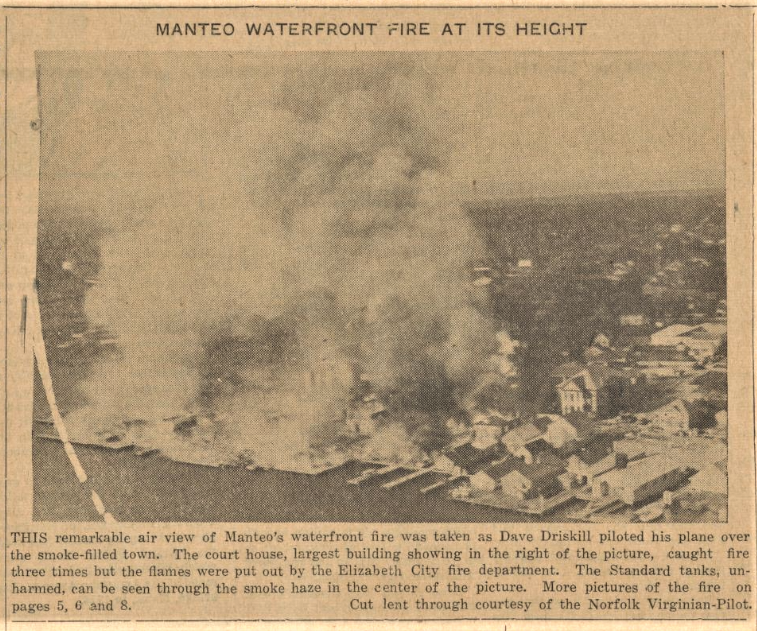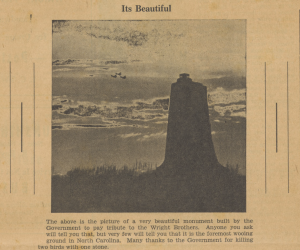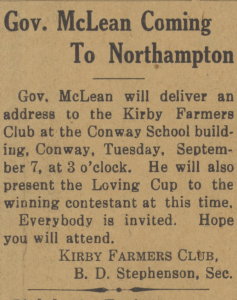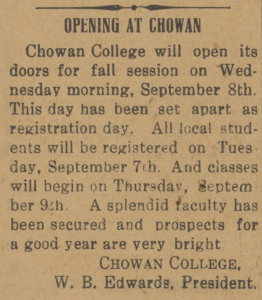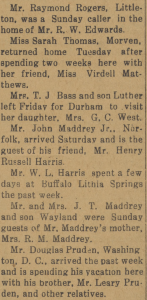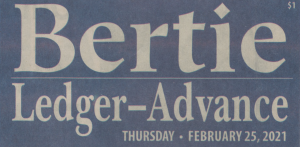
Through our partnership with the Bertie County Public Library and Martin Community College, we now have many more editions of the Bertie Ledger-Advance. This batch of the Windsor, N.C., paper ranges from January 2016 until December 2021, meaning that it covers many of the major news stories still in memory.
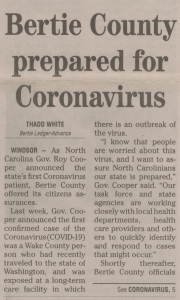
March 11, 2020
Perhaps one of the most obvious topics that appears in these issues is the impact of Covid-19 in one of North Carolina’s small towns. The front-page coverage starts where you might expect: March 11, 2020.
Initial articles focus on preparedness; the March 18, 2020 issue announces Governor Roy Cooper’s mandate to close schools for two weeks and end gatherings of more 50 people. That was also the week that Bertie County declared a State of Emergency in order to receive resources for public health measures.
“The fact that we are so rural here in Bertie County gives us an edge. …We are not like Raleigh as it relates to populations,” Bertie County Emergency Services Director Mitch Cooper said.
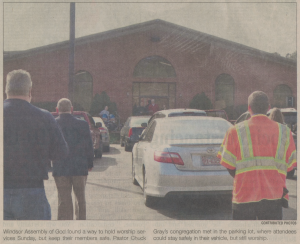
Bertie County begins holding church services outdoors (March 25, 2020)
These issues go on to document the progression of the pandemic in a rural area. On March 25, 2020, Bertie County sees its first confirmed case; the state begins “Phase 1” re-opening on May 10, 2020; Bertie and surrounding counties experience spikes in the number of cases, including one from September 10, 2020. At the end of 2020, the paper also published a recap of the year’s major stories, noting that the “Pandemic dominated headlines.”
The coverage continues through 2021, when schools are finally scheduled to reopen for in-person learning in March 2022. Through each of these stories, its clear what a huge impact Covid-19 had on the lives of Bertie County residents—as it did for people across the state, the nation, and the world.
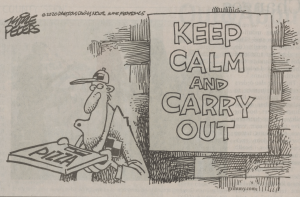
March 25, 2020
To see more news stories from this batch, you can browse by date:
- Jan. 20, 2016 – Dec. 28, 2016
- Jan. 4 2017 – Dec. 27, 2017
- Jan. 3, 2018 – Dec. 26, 2018
- Jan. 16, 2019 – Dec. 25, 2019
- Jan. 1, 2020 – Dec. 31 2020
- Jan. 7, 2021 – Dec. 30, 2021
You can also see more issues of the Bertie Ledger-Advance here or browse our entire collection of digitized newspapers in our Newspapers of North Carolina collection. To see more materials from Martin Community College, you can visit their partner page and their website.
